Scouting helps displaced families
UK Scouting has a long history of supporting displaced people dating back to the earliest days of the Movement and continuing to this day.
First World War (1914 to 1918)
In August 1914, thousands of Belgians came to Britain to seek refuge from the First World War. Scouts were instrumental in supporting other civilian organisations with this influx of people. Scouts in Folkestone, one of the main arrival points, acted as guides for the newcomers, leading them to centres where they could seek support.
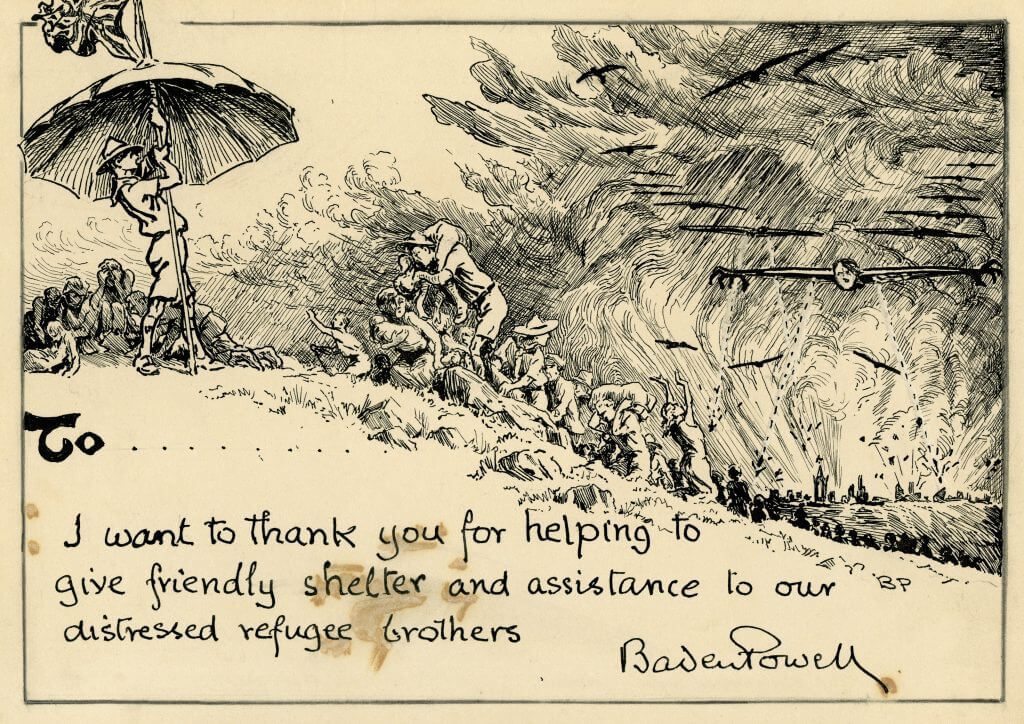
Second World War (1939 to 1945)
Kindertransport (1938 – 1940)
Scouts supported Jewish children, who had escaped Nazi Germany through the Kindertransport scheme. Settling these uprooted children into their new homes was a difficult process, but Scouts was there to help. Some children were welcomed into existing Scout Groups and, in areas where many of Kindertransport children were re-homed, specific groups were set up for them.
Robert Baden-Powell was moved to capture the kindness of Scouts in one of his characteristic drawings. The picture, which was then turned into a thank you card, hauntingly shows refugees fleeing the brutality of Nazi Germany, identified by the face of Adolf Hitler on the nose of a plane.
Evacuees
In 1939, the threat of air raids and gas attacks on UK cities led to over one million young people being sent to the countryside for safety.
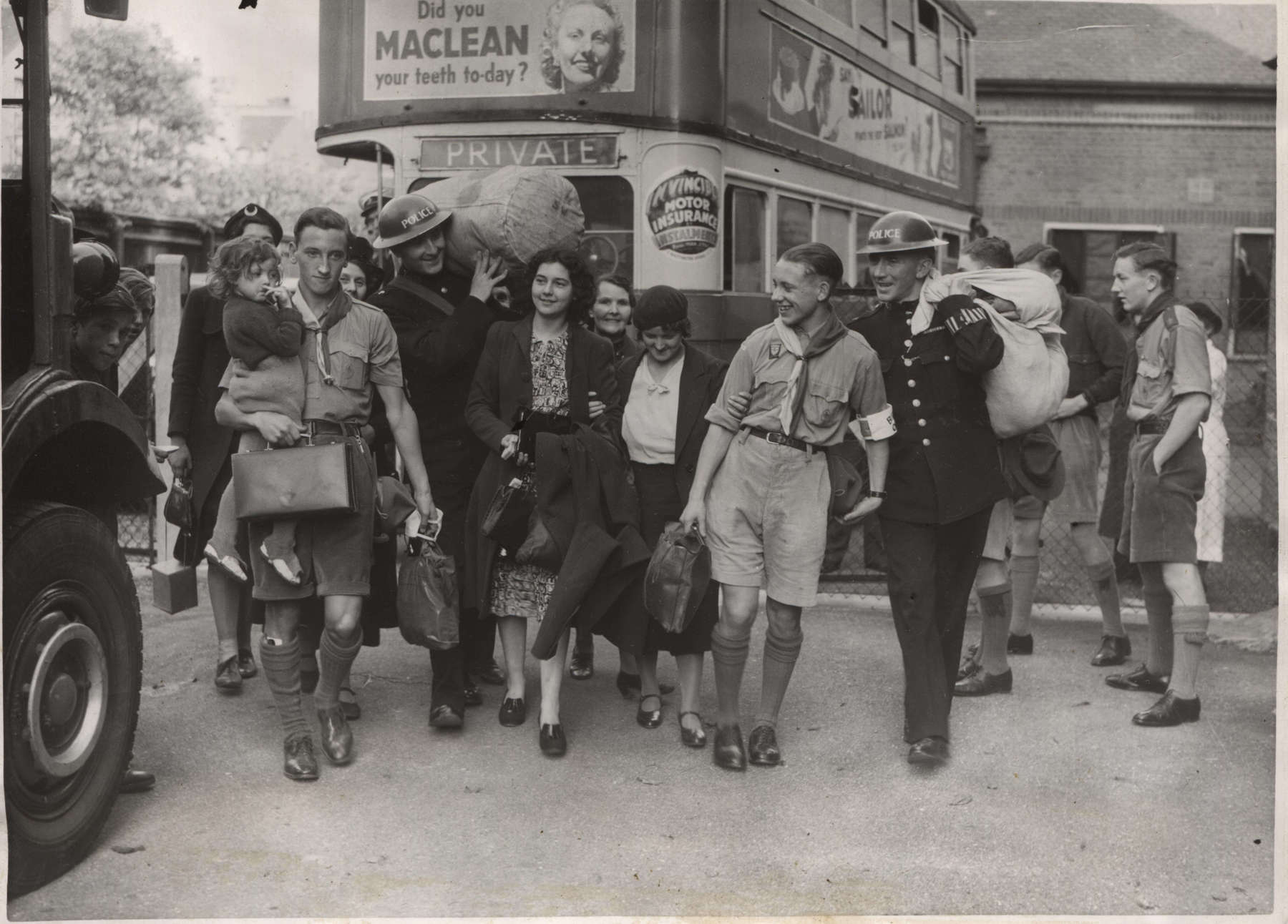
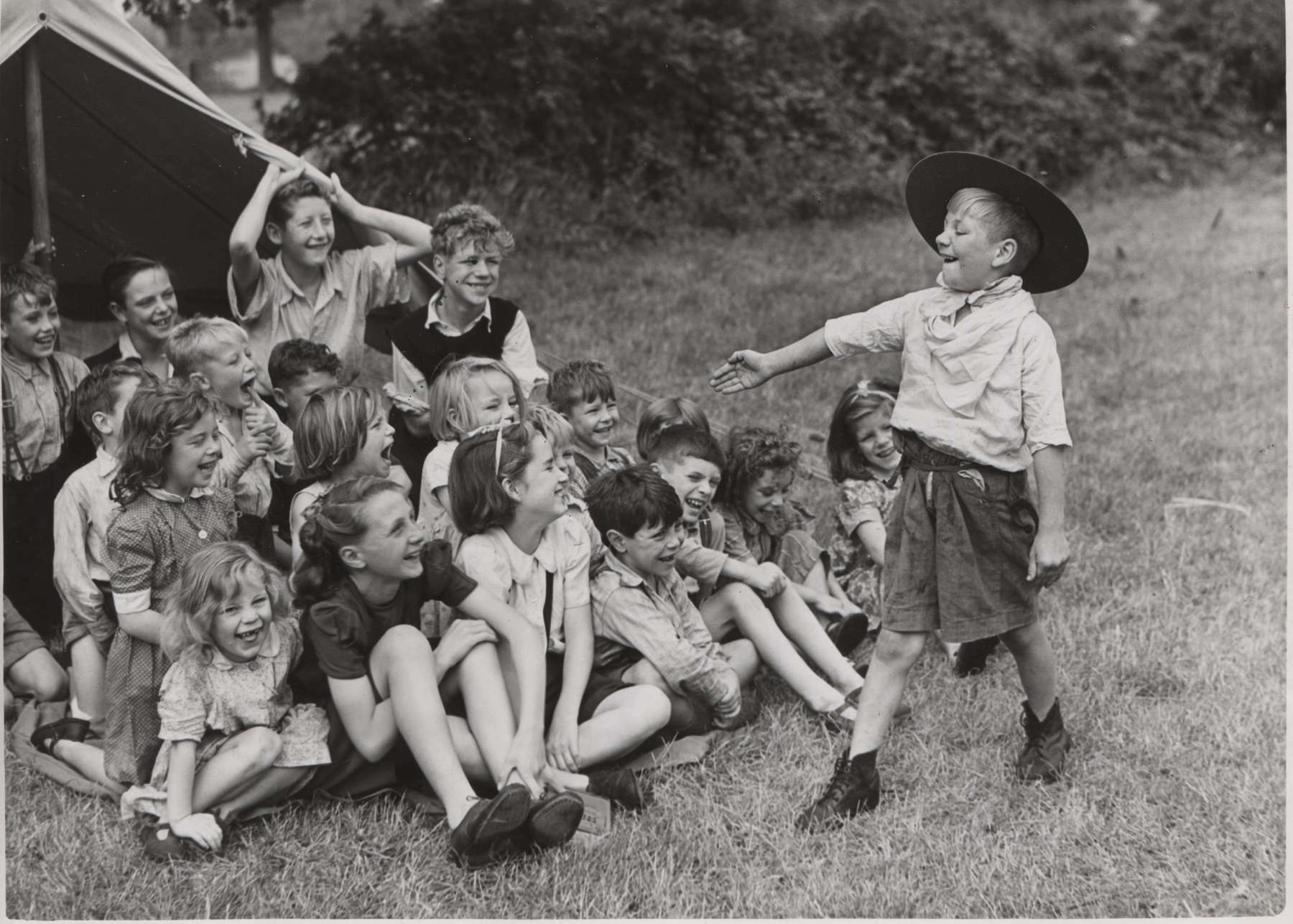
Many Packs and Troops moved with the children as they were evacuated. Scouts also helped with the evacuation process by helping to organise groups of children, carry luggage and offer comfort.
Scouts International Relief Service
Various organisations, such as the Red Cross, set up relief teams during the Second World War. These became members of the Government body, the Council of British Societies for Relief Abroad. The relief teams were sent to assist refugees and displaced people in areas of conflict.
Scouts established The Scout International Relief Service (SIRS) in 1942 in response to this crisis.
Already experienced in setting up and organising large camps, teamwork and first aid, Scouts were well placed to help. Scouts’ adult volunteers registered their interest in volunteering overseas with SIRS. Women volunteers had to be aged 25 or above, and men had to be aged 30 or above.
All members of the Scout Movement make a promise on joining. This includes a pledge to help other people. Living by their Scout Promise encouraged Scouts to join the Scout International Relief Service. Living out and acting on our Promise continues to motivate Scouts today.

Every Scout ought to prepare himself to be a good citizen of his country and of the world
Robert Baden-Powell from his book ‘Scouting for Boys’, published in 1908
All relief work was coordinated by the United Nations Relief and Rehabilitation Administration (UNRRA). UNRRA was an international relief agency (like the Red Cross), representing 44 nations. Founded on 9 November 1943, it became part of the United Nations in 1945, finally ceasing operations in 1947.
The purpose of UNRRA was to: “plan, co-ordinate, administer or arrange for the administration of measures for the relief of victims of war in any area under the control of any of the United Nations through the provision of food, fuel, clothing, shelter and other basic necessities, medical and other essential services.”
It also provided camps, personnel, and food for the care and repatriation of millions of displaced persons and refugees after the war.
The Red Cross requested teams be sent to North-West Europe. The first group of Scout Leaders landed in Normandy in September 1944. Leaders were sent to North-West Europe, Italy, Austria, Yugoslavia, Greece, Cyprus, Syria, Palestine, Egypt and Hong Kong, all places of conflict during the Second World War.
There were three phases of work for the groups sent to North-West Europe;
First Aid
- Help given to a sick or injured person (i.e. bleeding, fractures, shock, heart attacks, burns and scalds).
Emergency relief
- Providing emergency relief in the transit camps. Places where refugees stay in tents, or other temporary structures when they have nowhere to live permanently.
- Evacuation
Rehabilitation
- Rebuild mental and physical strength
- The return of someone to their own country. Some people were repatriated and sent back to their homes, or at least their country of origin.
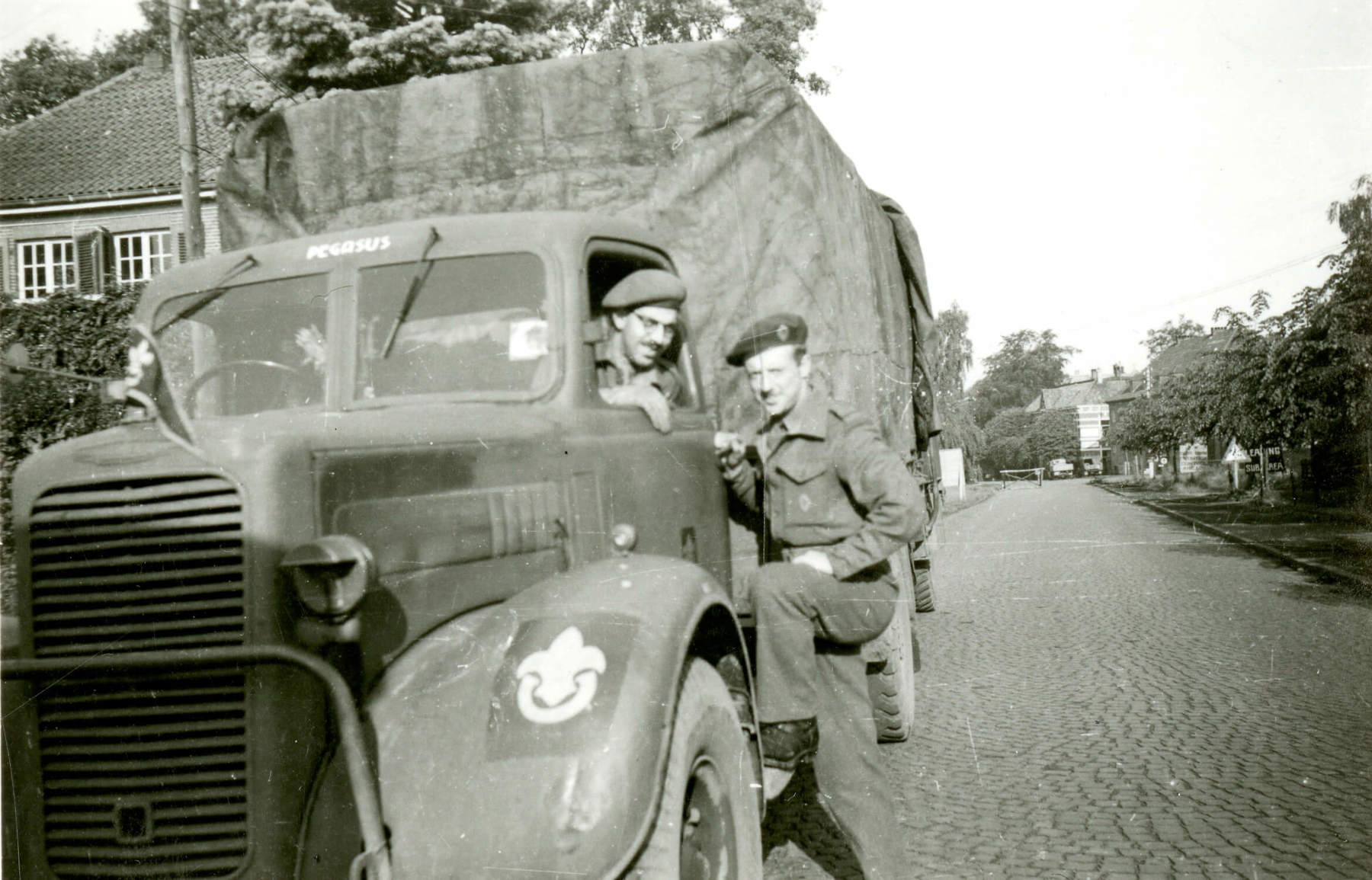

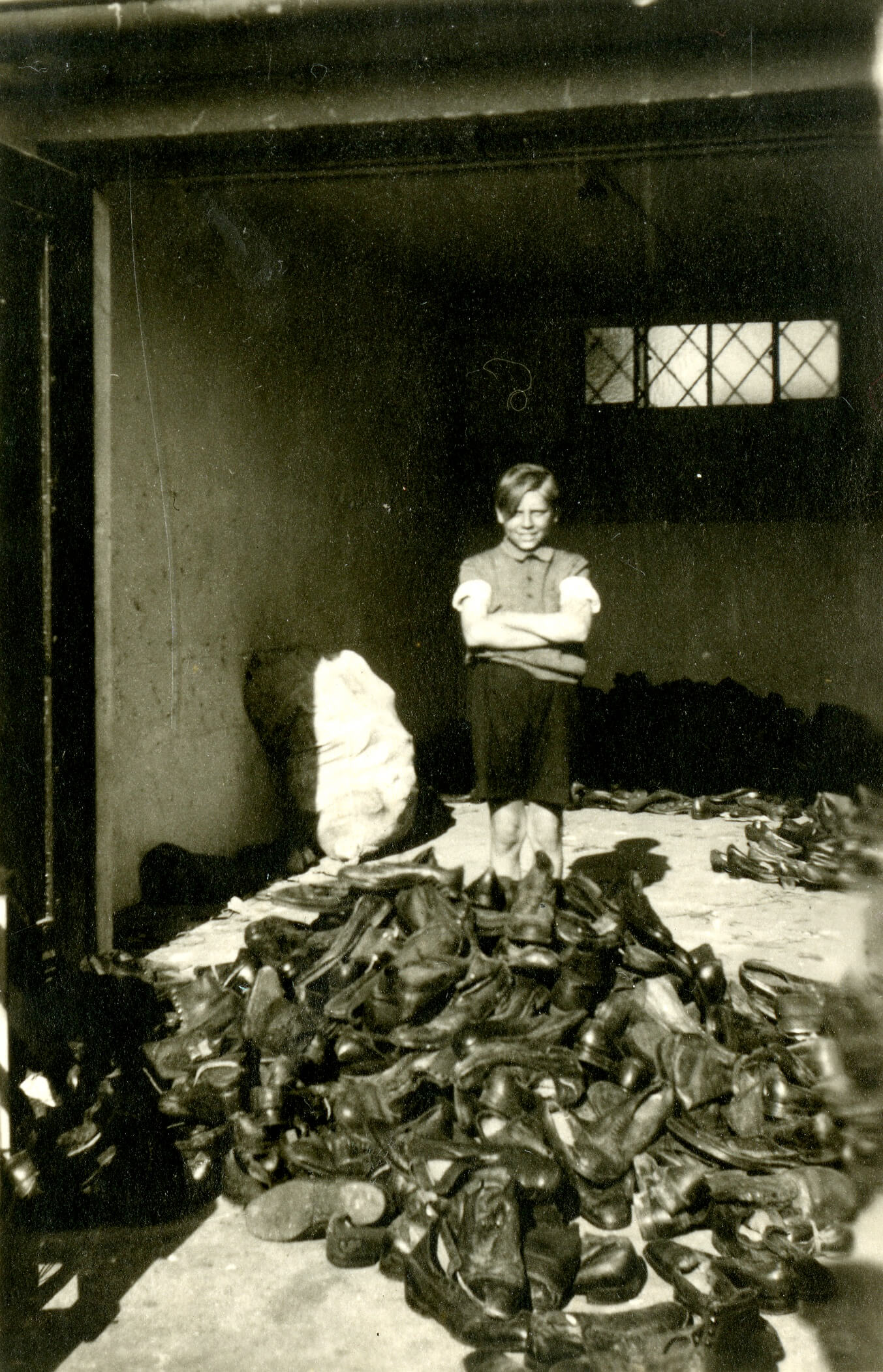
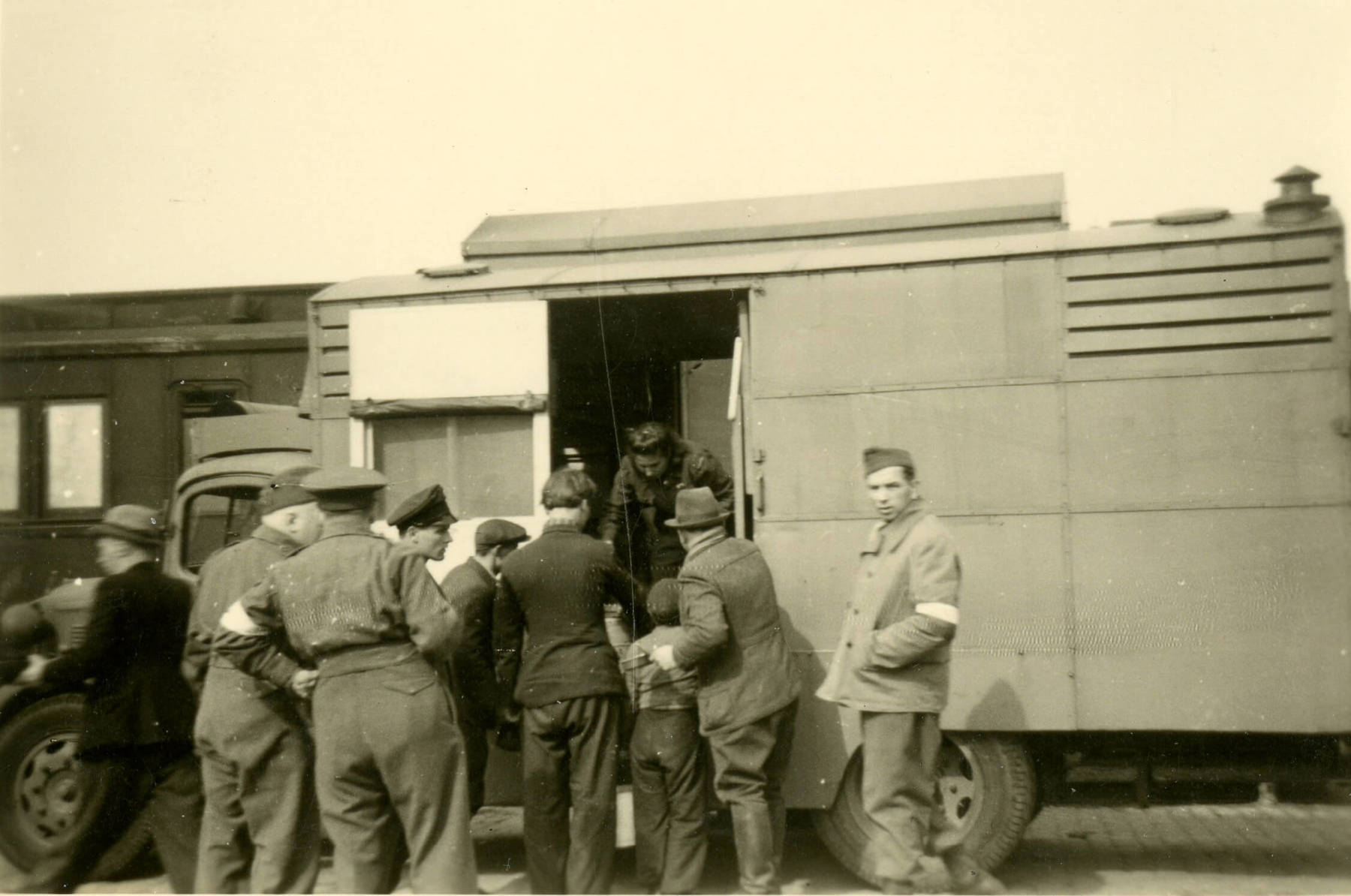
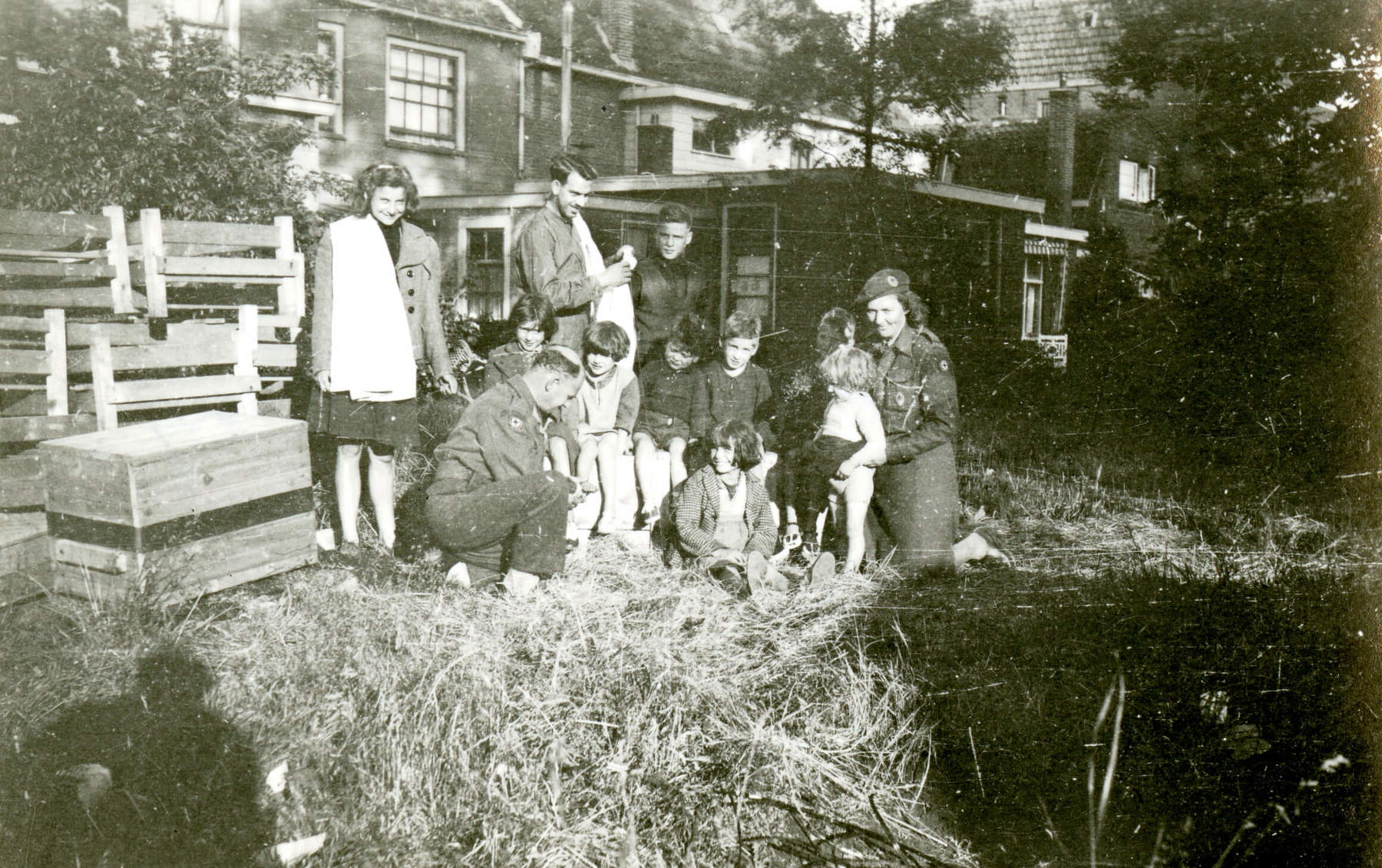

Prisoners of War
Scouts also played an important role in prisoner of war camps. It provided support for both adults and children.
In the Japanese civilian prisoner of war (POW) camps in Singapore, Cub Packs and Scout Troops were set up to give children a sense of structure and purpose. The programme was delivered using the scarce resources available and the ingenuity of those with leader experience.
In both German and Japanese POW camps, men from the allied armed forces set up Rover Scout Crews, spending meetings learning from each other and even completing training courses.
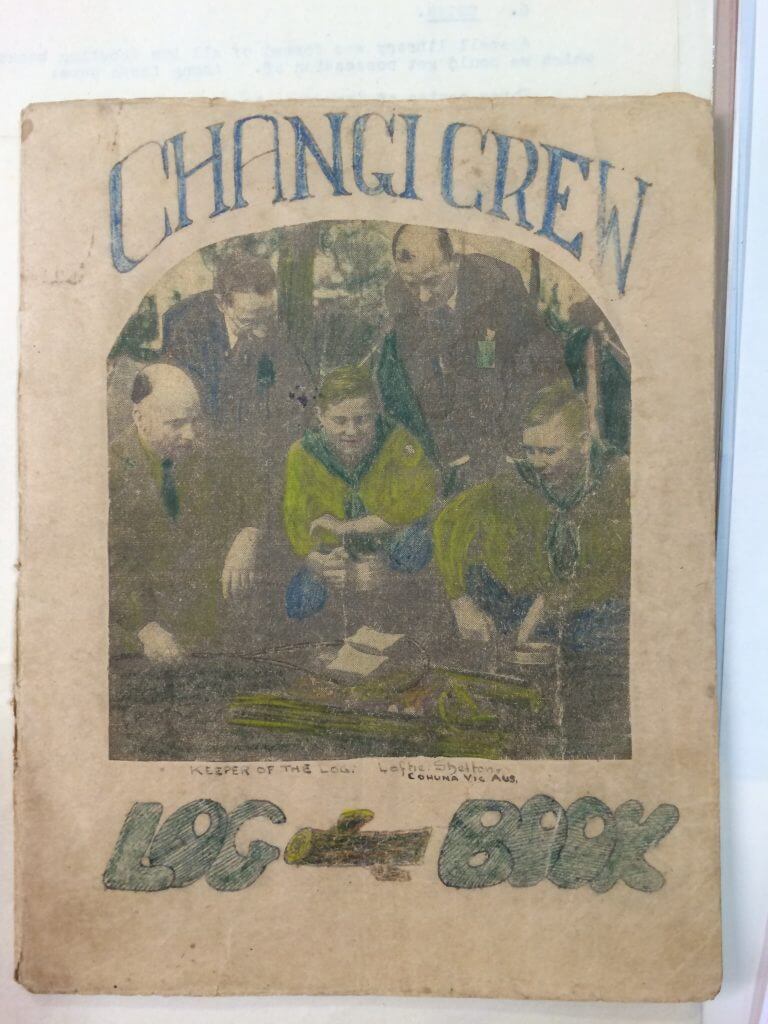

Today
Scouts is working with diverse communities to support cohesion through projects such as ‘Better Prepared’.
Provisions, such as that set up in Page Hall, Sheffield, has supported young people. It’s been providing them with structured out of school activities, helping to integrate individuals from differing communities and encouraging them identify commonalities to overcome differences.